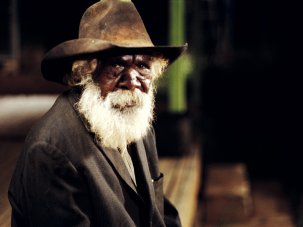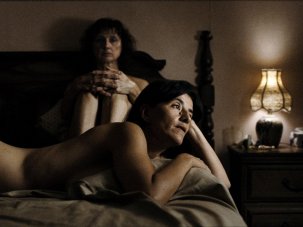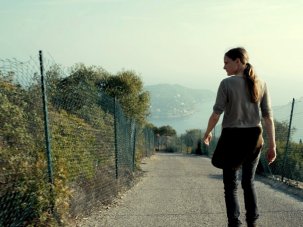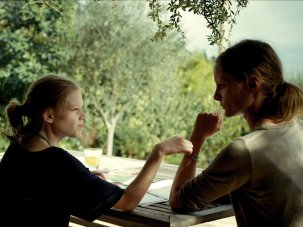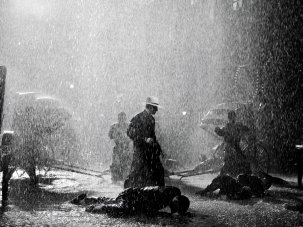Web exclusive
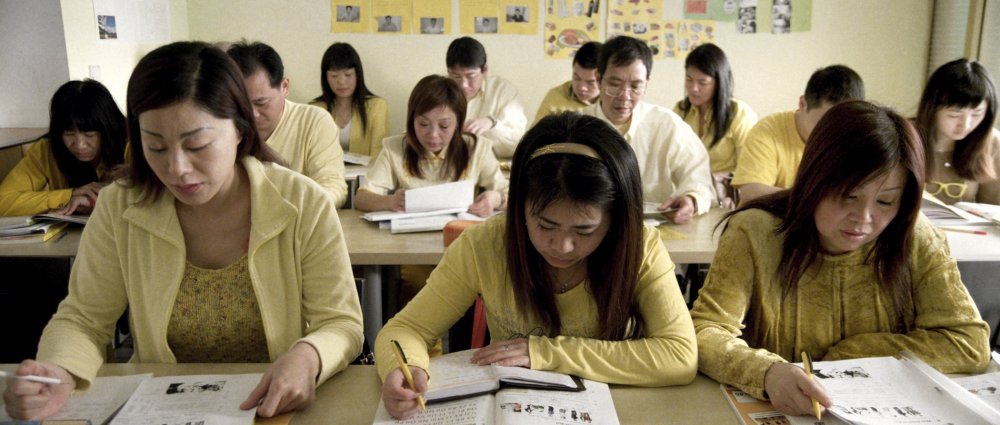
727 Days Without Karamo
Justifiably billed as “the most daring section of the Berlinale”, the Forum certainly doesn’t eschew standard narrative fare and for the most part stays well within the bounds of cinematic convention. Yet even if you’re not narratively inclined, this is still the place to be. Some of the quirkiest offerings both in this strand and in its younger offshoot Forum Expanded, now in its eighth year, melded documentary and fiction, art and cinema, in a genuine attempt at forging new cinematic forms.
A case in point: Anja Salomonowitz’s The 727 Days Without Karamo. A documentary looking at the impact of Austrian immigration laws on the lives of couples of mixed race and nationality, forced to live apart or stay together for fear that one partner would otherwise be deported, this might have made for grim viewing. Salomonowitz lightens things up using Bernhard Fleischmann’s upbeat music and copious amounts of the colour yellow, which (in the absence of a narrative arc) acts as a quasi-formal device, linking together discrete interviews staged in real homes or workplaces. This yellow comes in all shades and is applied to all manner of objects, from bridesmaids’ dresses to bicycles, wallpaper, wellington boots, towels in a salon or soup in a chef’s kitchen.
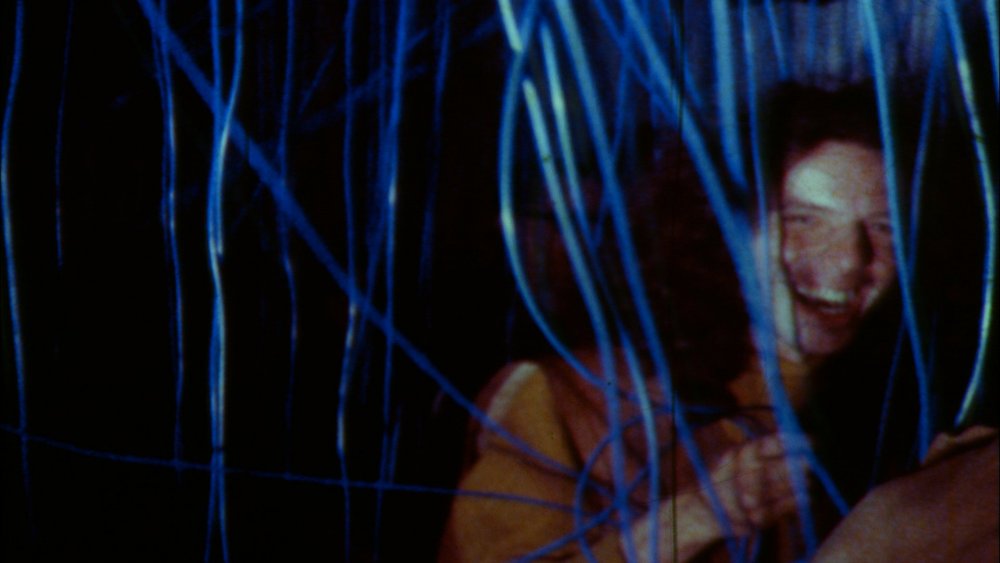
Hélio Oiticica
Pulsating rhythm and colour also informs Hélio Oiticica, a fast-paced documentary charting the personal and intellectual trajectory of one of Brazil’s most prominent twentieth-century artists, which won the Forum’s Caligari Film Prize. Made by his nephew Cesar Oiticica Filho, and reminiscent of Jack Smith’s drug-fuelled aesthetic, the film uses found footage from an impressive range of sources to construct its riveting collage of sounds and images, toned in Oiticica’s customary palette of warm yellows, oranges and reds. Oiticaca Filho has managed to tap recordings of his uncle, too, such that – unusually for a biopic – we hear the artist, who died in 1980, narrate much of his own story. (He comes across as charismatic, if somewhat conceited.)
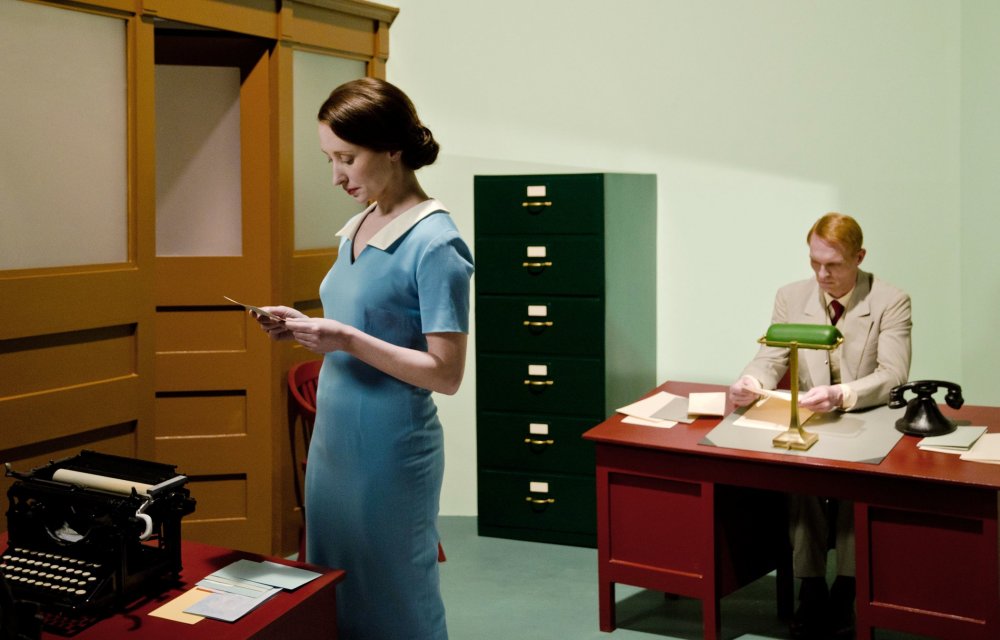
Shirley – Visions of Reality
A different but likewse visually alluring experiment comes from another Austrian writer-director, Gustav Deutsch. Shirley – Visions of Reality unfolds in a series of animated tableaux based on 13 iconic paintings by Edward Hopper. The loose, contrived plot (each episode is set on August 28/29 of the year in which a given canvas had been painted) centres on the eponymous Shirley, a fictional actress who successively embodies various female figures in Hopper’s paintings, and who remains opaque, undeveloped and unaging, even though the film spans three decades of her life. But that’s not really the point. What makes the film fascinating to watch is the unreal, painterly quality of the moving images themselves.
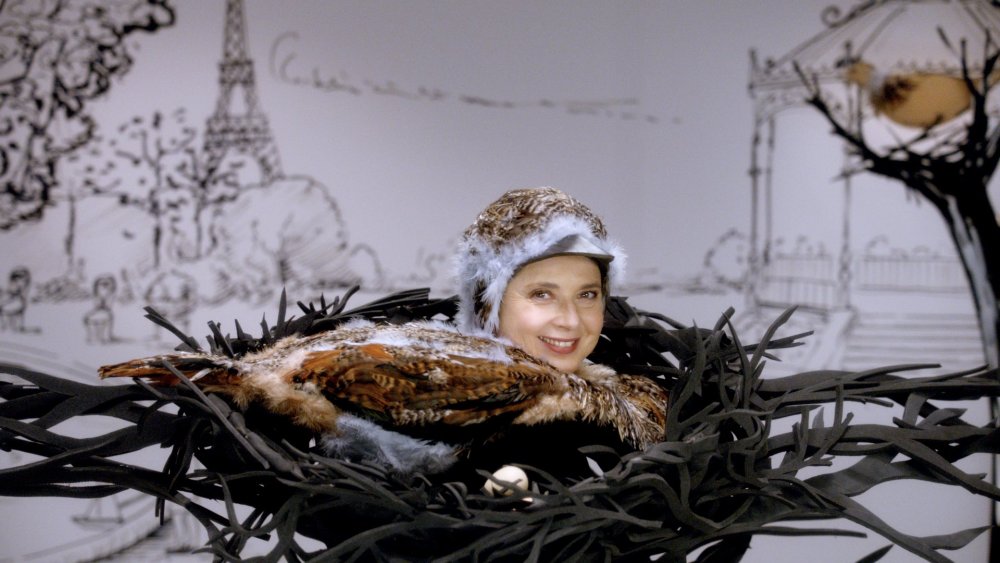
Mamas
Made up of ten short films, Isabella Rossellini’s 21-minute-long Mammas is a worthy successor to her Green Porno, which premiered at the Berlinale in 2008, and its sequel Seduce Me. Having acted out for us the sexual proclivities of various creatures, Rossellini now turns her comic talents to motherhood, exploring specifically the maternal instinct (or lack of it) of toads, spiders, hamsters and the like.
If anything, Mammas is more tightly edited, punchier and – thanks to the haute-couture costumes Rossellini sports in her different animal guises – more glamorous than its predecessors. And not unlike Deutsch’s film, each episode is introduced by a brief musical interlude – followed by a black-and-white photograph of a little girl (Rossellini herself) riding a pony led by her mother (Ingrid Bergman). At Mammas’ premiere, shortly after being awarded the Berlinale Camera, Rossellini told the audience that her inspiration for the films lay in her finding animal behaviour “hysterically funny”, yet seldom seeing it portrayed as such.
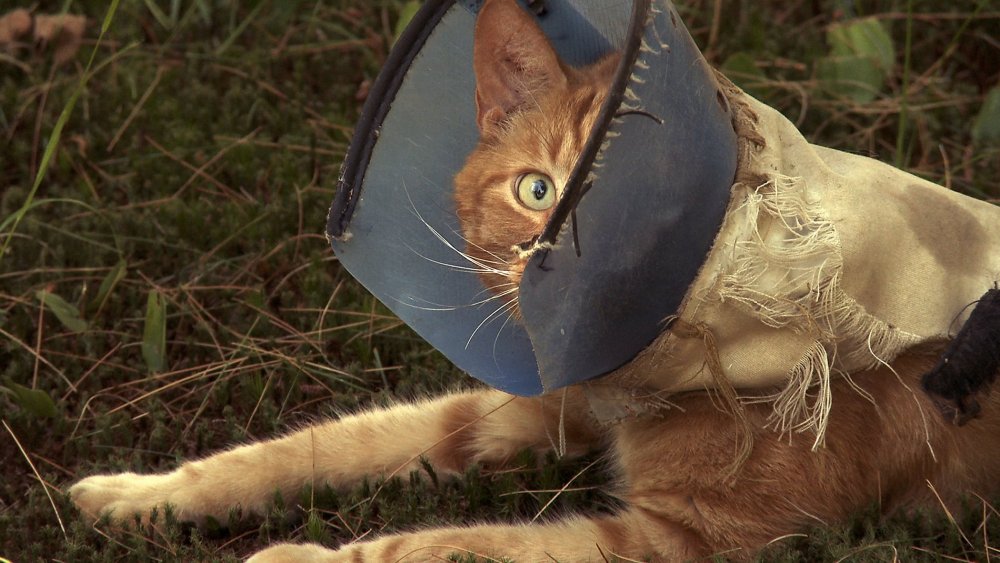
Frog Spider Hand Horse House
Humour in the depiction of animals is also a feature of Shelly Silver’s Frog Spider Hand Horse House, 49 minutes long and shown in a double bill with Mammas. As the title suggests, the film opts for a disjointed mode of narration, alternating disconcerting close-ups of animals (at one point we see only a horse’s twitching ears, which seem more expressive in the absence of eyes) with images of group activities such as outdoor Tai Chi classes or school singing lessons. Certain motifs – a man loudly playing the piano, a frog-shaped kite floating in the sky – contribute to create a broody, fairytale atmosphere.
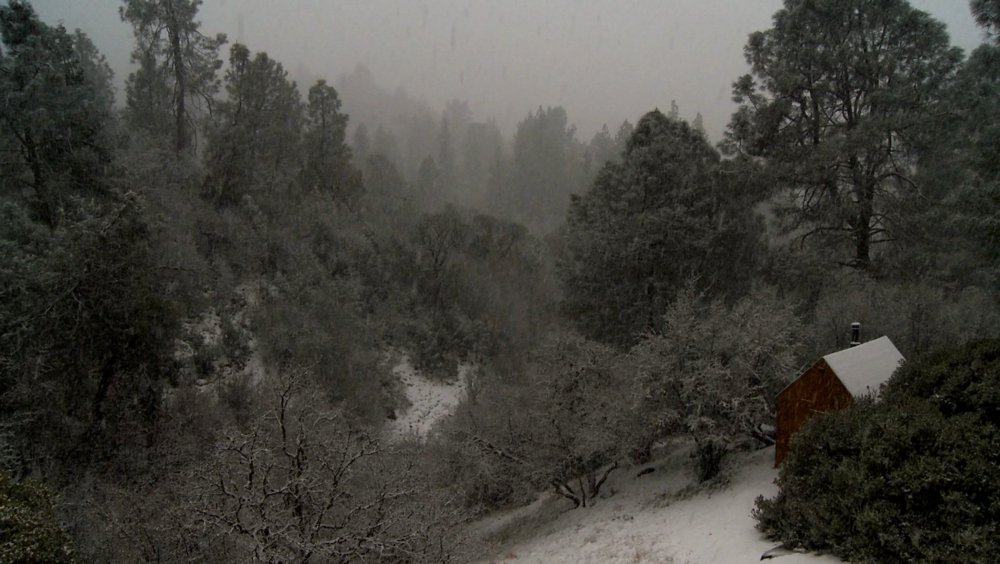
Stemple Pass
If Rossellini’s films are short and sweet (though the humour in them, as Shelly Silver pointed out at a talk, comes from a dark place), James Benning’s Stemple Pass explores duration. Consisting of four quasi-static, half-hour shots of the same lush California mountain valley across the seasons, devoid of human presence save for a small log cabin in the bottom right-hand corner, it gives plenty of time to observe the changing quality of light as spring turns to autumn and winter to summer (in that order), and to grow attuned to valley sounds.
The silence gives way for roughly half of the time to the anti-technological diaries and interview excerpts of ‘Unabomber’ Ted Kaczynski, read out by Benning in voice-over as if emanating from the cabin, a faithful replica of Kaczynski’s own at Stemple Pass in Montana. (The artist built it as a counterpart to an earlier replica of Henry David Thoreau’s Walden Pond cabin.) As with all these films, there is a formal elegance to Stemple Pass that harks back to early cinema yet feels new.




